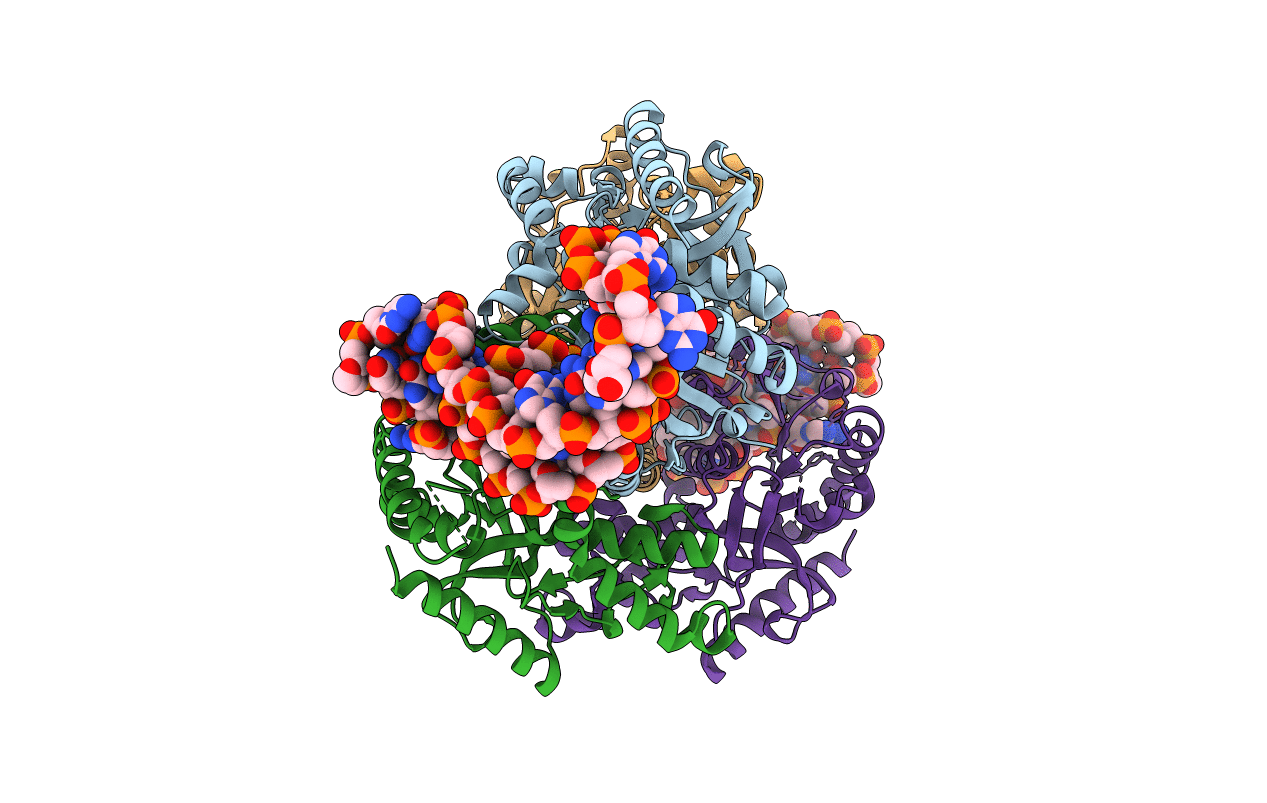
Deposition Date
2020-01-14
Release Date
2020-07-15
Last Version Date
2025-12-17
Entry Detail
PDB ID:
6TXR
Keywords:
Title:
Structural insights into cubane-modified aptamer recognition of a malaria biomarker
Biological Source:
Source Organism:
Plasmodium vivax (Taxon ID: 5855)
synthetic construct (Taxon ID: 32630)
synthetic construct (Taxon ID: 32630)
Host Organism:
Method Details:
Experimental Method:
Resolution:
2.50 Å
R-Value Free:
0.24
R-Value Work:
0.20
R-Value Observed:
0.20
Space Group:
P 41 21 2


